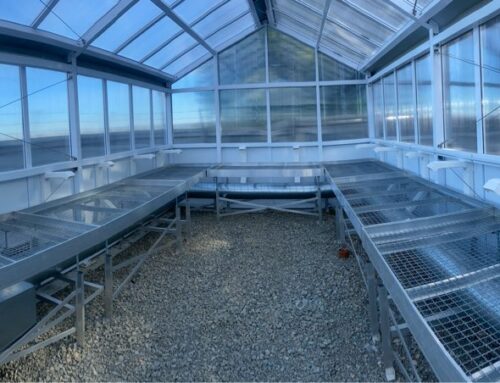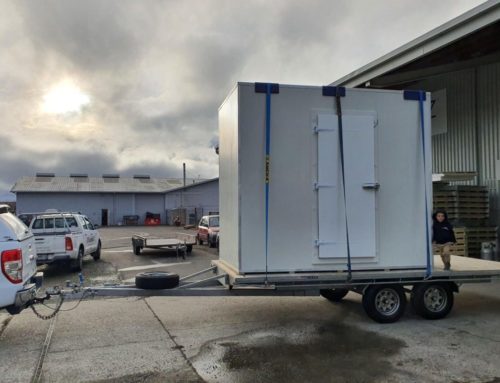New Zealand’s hospitality industry holds admirably high standards for health and safety in our restaurants, bars and cafes. Eliminating or at least discouraging bacteria in areas where food is prepared or stored is key to keeping things safe and sanitary.
The team at Wellington Refrigeration know that bacteria is everywhere, and thus understand the importance of your Wellington refrigeration system in slowing bacterial growth.
Today we’d like to help you understand a little more about bacteria, and the part your refrigerations system plays in maintaining our country’s strict health and safety standards.
A bit about bacteria
There’s no way to 100 percent avoid bacteria, but you can certainly slow its attack on your stock. It’s all about stinting bacterial growth and keeping your stock out of the temperature ‘danger zone’.
Types of bacteria to be aware of (refrigerated foods)
The two types you’re up against in the NZ food industry are pathogenic and spoilage.
Pathogenic bacteria is the cause of foodborne illnesses, and it thrives in the danger zone (temperatures ranging between 5ºC and 60ºC). Pathogenic bacteria is sneaky, and can generally not be detected in food by sight, smell or taste.
Spoilage bacteria, on the other hand, is tough and determined. It can grow in a refrigerator, but it takes time to do so. Unlike its sneaky pathogenic cousin, spoilage bacteria is usually quite easy to detect by sight or smell (but we don’t recommend taste). You can slow spoilage bacteria down with refrigeration, but always pay attention to an item’s expiry date.
A safe and serviced refrigerator or freezer in Wellington
To ensure the safe storage of your stock, your refrigerator temperature should be at or below 4ºC, and your freezer temperatures should be below -18ºC. Your business should maintain a daily log book of temperature recordings so that you can keep an eye on things. Should that temperature get too low or too high, you need only call the team at Wellington Refrigeration for a professional refrigeration repair.




